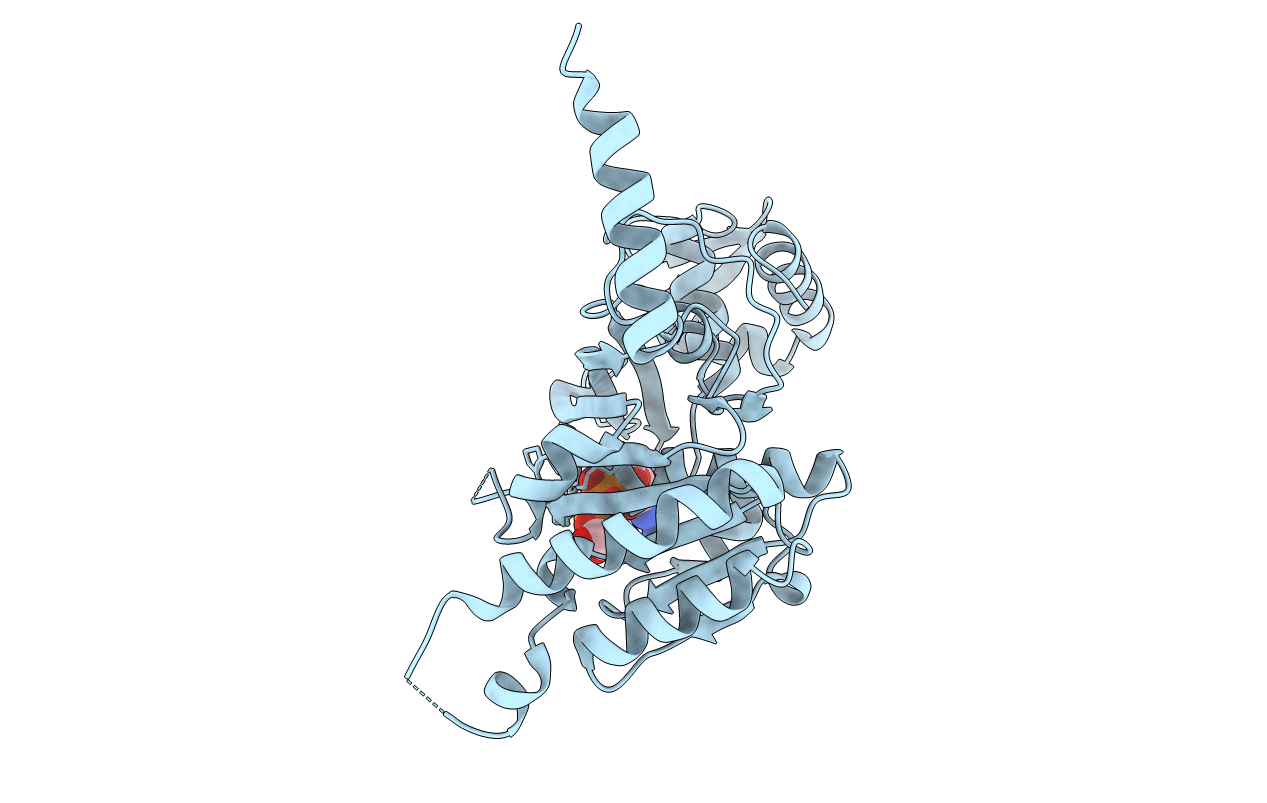
Deposition Date
2008-08-27
Release Date
2008-12-09
Last Version Date
2023-11-01
Entry Detail
Biological Source:
Source Organism:
Mycobacterium smegmatis str. MC2 155 (Taxon ID: 246196)
Host Organism:
Method Details:
Experimental Method:
Resolution:
2.50 Å
R-Value Free:
0.25
R-Value Work:
0.21
R-Value Observed:
0.21
Space Group:
P 61


